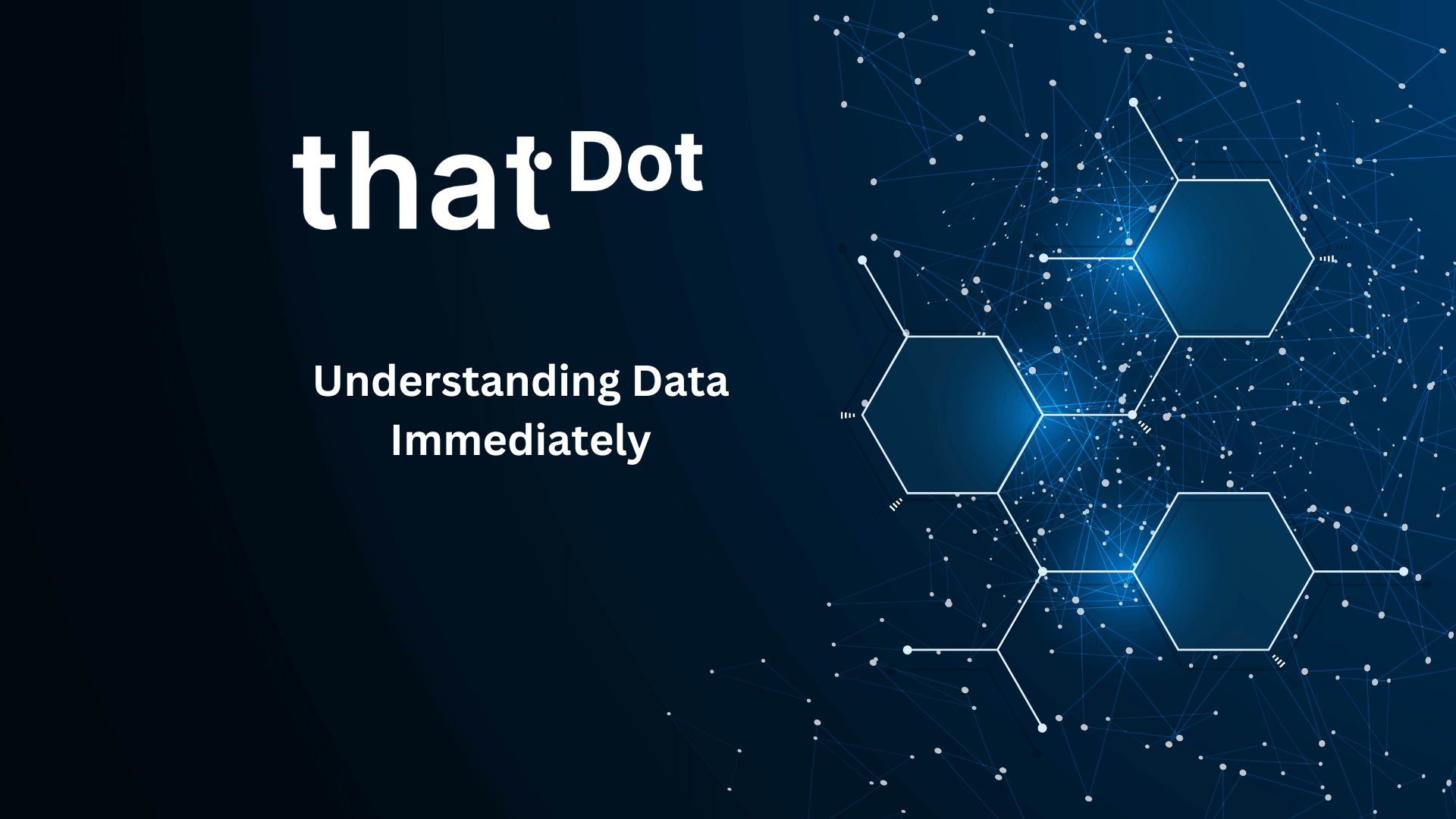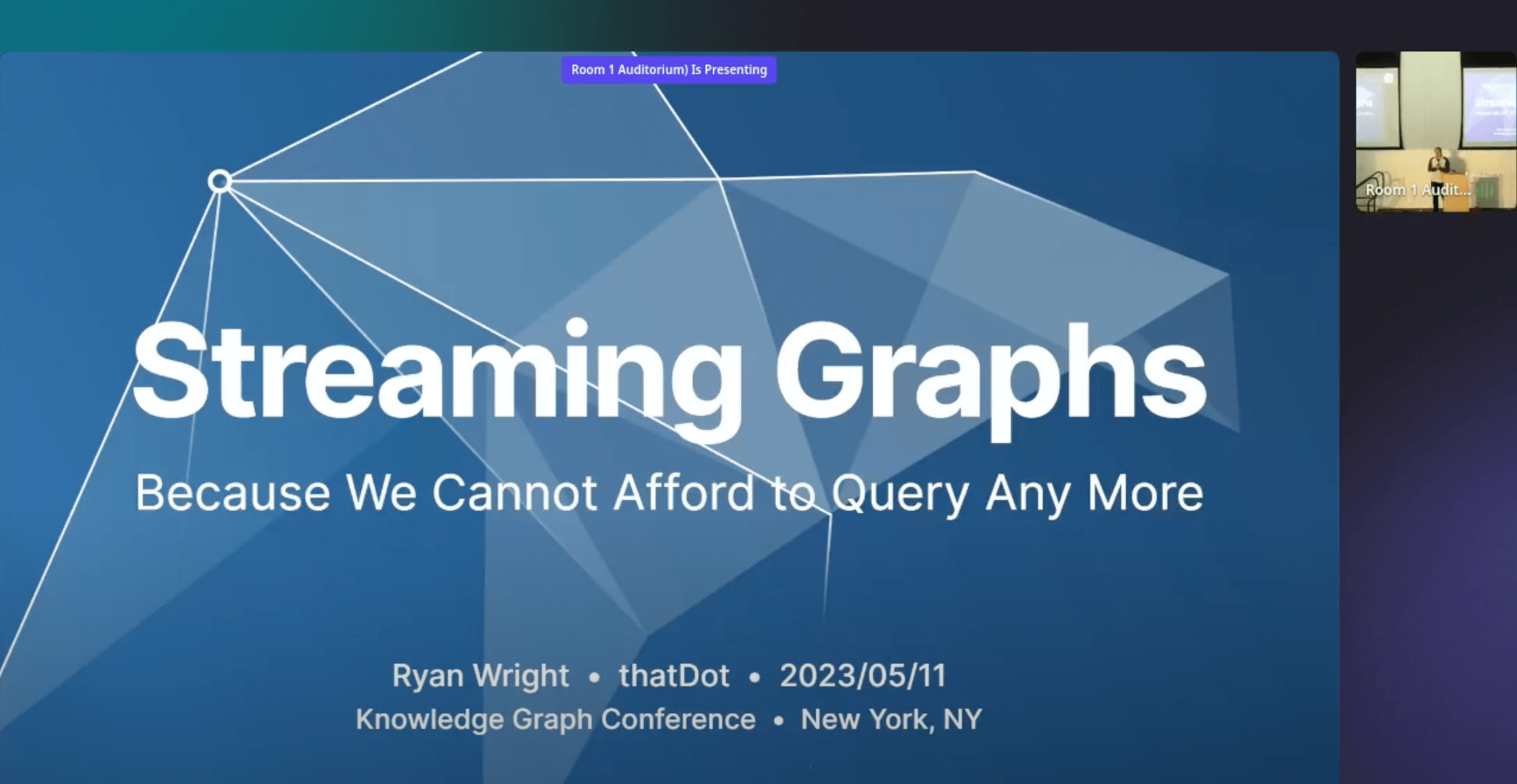You don’t know what you’ve got till it’s gone. Musicians have sung this lament about relationships and the beauty of nature. It turns out to be true about open source software licenses as well.
On September 7, 2022, Lightbend announced that they were changing the license for Akka from the open source Apache License 2.0 to the commercial Business Source License 1.1. This had major implications for Akka users. Operators of closed source services built using Akka were faced with a primarily financial dilemma about the cost of licensing compared to the cost of re-implementation.
Authors of open source software depending on Akka had to re-evaluate their ability to remain open source themselves. At thatDot, we found ourselves facing both of these challenges.
thatDot publishes a streaming graph, Quine, under an open source license. We also host SAAS services like Novelty for AWS that are closed source products built on top of Quine. To continue using new versions of Akka, we would have to re-evaluate Quine’s licensing model, and incur the cost of purchasing licenses from Lightbend for our SAAS services.
Our immediate solution, like that adopted by many others, was to simply continue using the last version of Akka available under an open source license, version 2.6. This was a time-limited workaround though, since version 2.6 would eventually stop receiving security fixes.
It also prevented us from using libraries that themselves required later versions of Akka for their own security fixes, or additional functionality. We needed an open source alternative.
What we did
Pekko is an open source fork of Akka hosted by the Apache Software Foundation. It provided us with a path forward that kept a core component connected to an active community without requiring extensive re-writing of our own code. It also gained support from important connector libraries built on top of Akka that released Pekko backed versions.
Our migration required two main activities. The first was the modification of our own code that used Akka directly. The second was the replacement of all dependencies with the Pekko versions. The latter proved to be the more difficult one.
Modifying our direct dependency on Akka was refreshingly straightforward. We had to replace all imports of akka packages with imports of org.apache.pekko packages, and the akka section of our config files with a pekko section. The bulk of this was accomplished with search and replace using regular expressions.
The remaining pieces were found using simple (case-insensitive) searches for “akka”, and manually reviewing and editing the code or comments. For example, comments describing use of an Akka feature were modified, while those referring to discussions in Akka community forums to justify a decision were left unchanged.
While this was slightly tedious, it wasn’t hard to work through.
An unexpected challenge
The real challenge was replacing libraries to remove all indirect dependencies on Akka. Replacing dependencies also required us to unwind the delicate set of indirect dependencies we had pinned to work around vulnerabilities.
Migrating dependencies from Akka to Pekko can be done in 3 ways:
- Swapping in a drop-in replacement
- Forking the library and replacing its usage of Akka with Pekko
- Re-implementing the feature, possibly on a similar library with a Pekko version
In most cases, the community had Pekko equivalents that just worked after changing our build definition and import statements. In others, a Pekko version was not available, so we needed to use an alternative. These required us to make non-trivial changes to our code to re-implement the functionality.
The community adoption of Pekko made our migration feasible. We only had to drop two libraries that didn’t have Pekko versions, and only lost one feature, Pulsar support. The Pulsar library we were using, pulsar4s has since added a Pekko version.
Benefits
Migrating to Pekko:
- Allowed us to continue offering Quine with the same license.
- Reduced the maintenance burden of overriding and testing indirect dependencies to avoid security problems.
- Avoided extra cost to running our SAAS products.
- Opened up our ability to continue leveraging new libraries and releases from the community.





